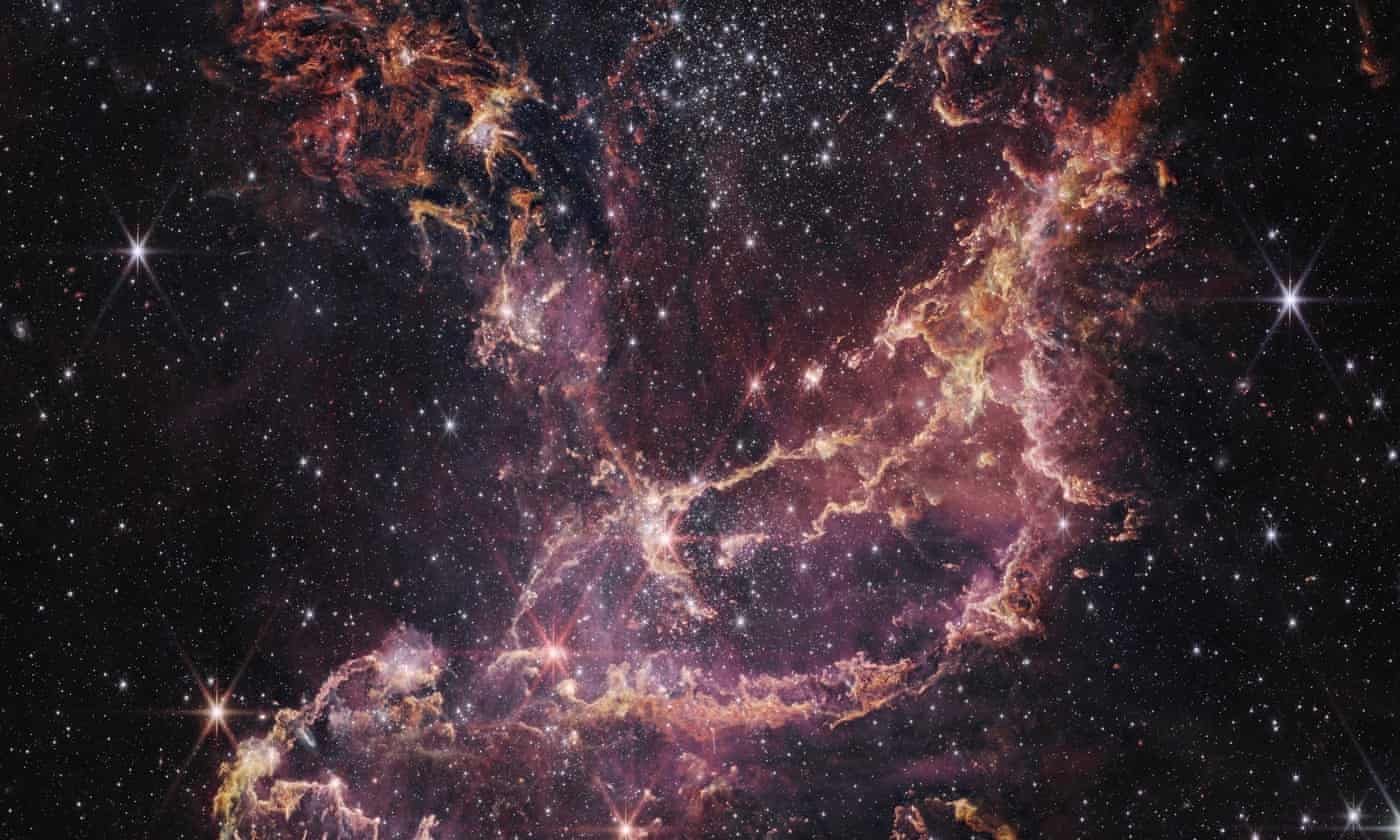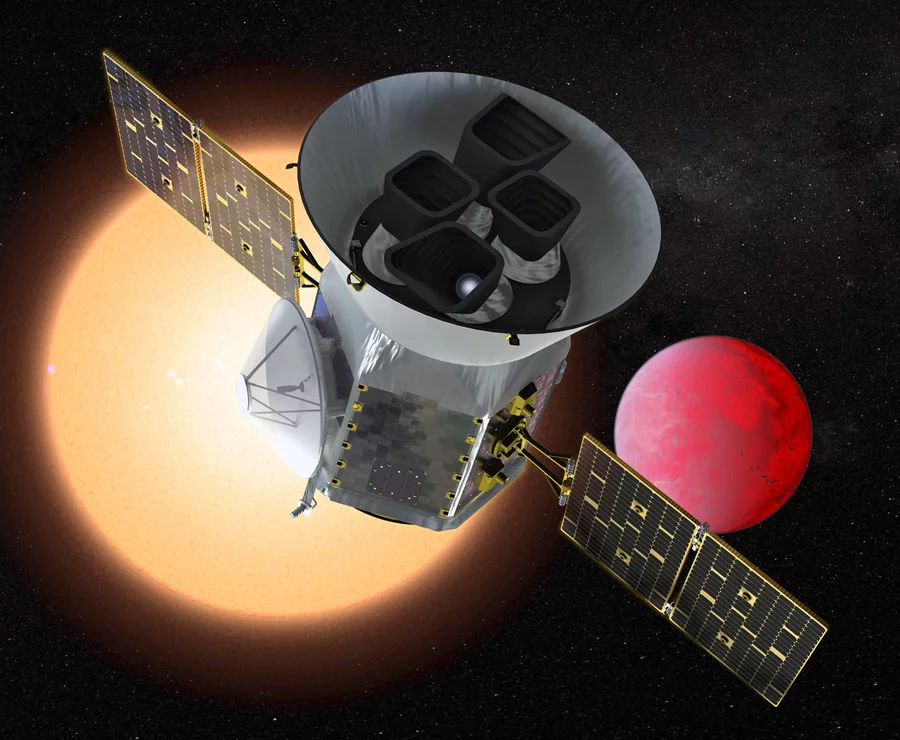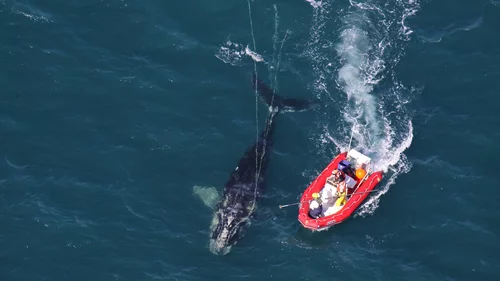
Nasa has named the first woman and the first African American ever assigned as astronauts to a lunar mission, introducing them as part of the four-member team chosen to fly as early as next year on what would be the first crewed voyage around the moon in more than 50 years.
Christina Koch, an engineer who already holds the record for the longest continuous spaceflight by a woman, was named as a mission specialist, along with Victor Glover, a US Navy aviator, who was selected as the Artemis II pilot.
Glover, who was part of the second crewed flight of a SpaceX Crew Dragon capsule, would become the first astronaut of colour ever to be sent on a lunar mission.
Rounding out the four-member crew are Jeremy Hansen, the first Canadian ever chosen for a flight to the moon, serving as a mission specialist, and Reid Wiseman, an International Space Station veteran, named as Artemis II mission commander.

 Science Glance
Science Glance




 Up to three planets - potentially rocky like Earth - have been spotted around a star located relatively near our solar system - a planetary system offering astronomers intriguing possibilities in the search for signs of extraterrestrial life.
Up to three planets - potentially rocky like Earth - have been spotted around a star located relatively near our solar system - a planetary system offering astronomers intriguing possibilities in the search for signs of extraterrestrial life.































